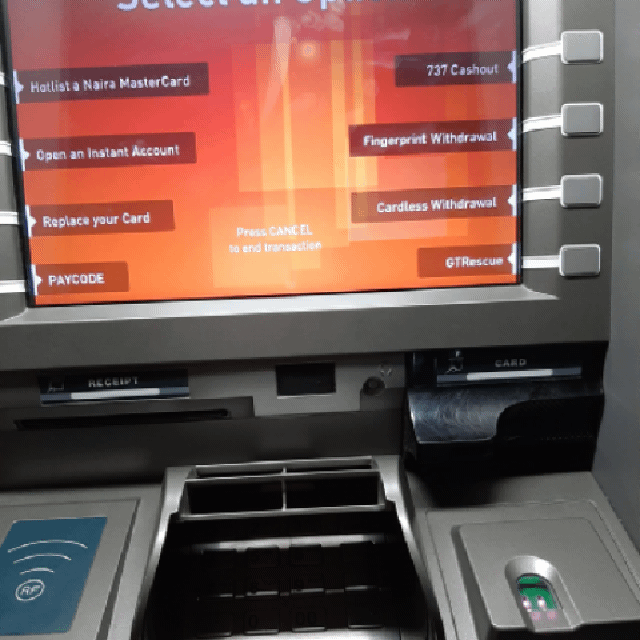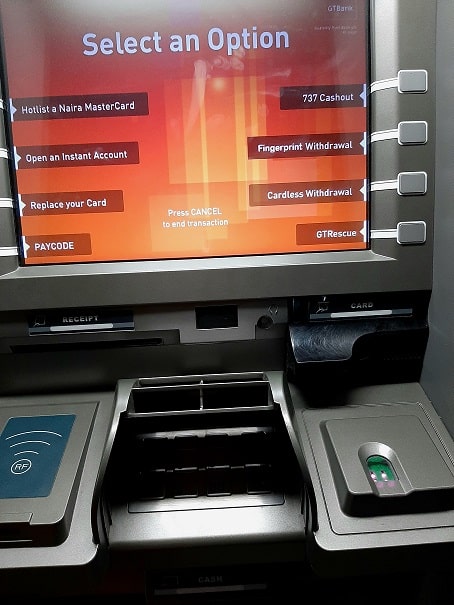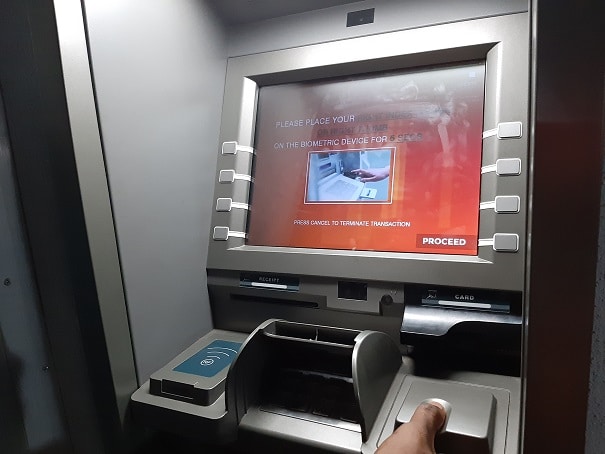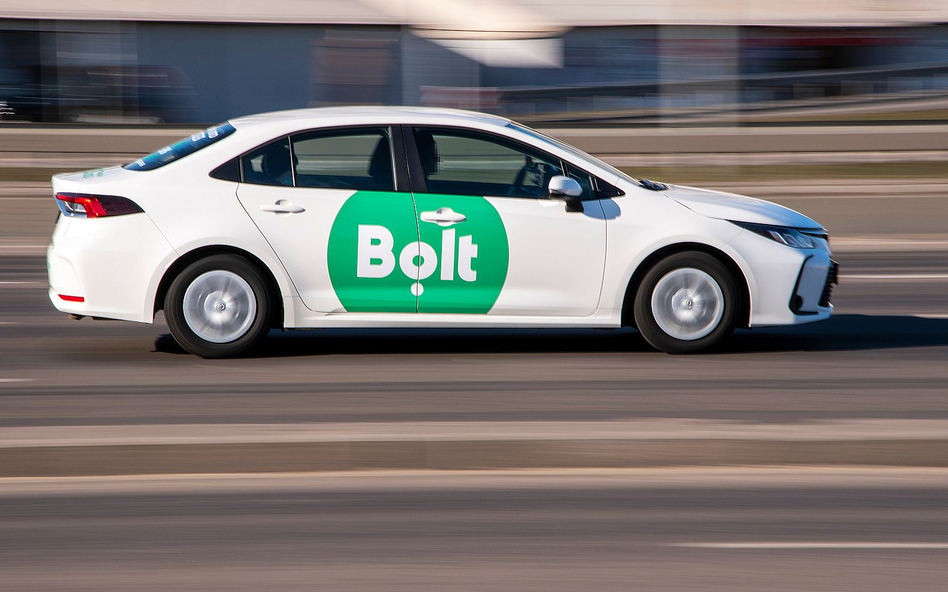With the growing rate of global Internet penetration, companies, and even government agencies, have continued to adopt and develop easier and relatively secure means of harnessing information.
Case in point, biometrics, a technology that gathers and analyses biological data such as facial features, fingerprints, or palm prints.
In Nigeria, for instance, this technology has been adopted by government and private agencies.
In 2013, the National Identity Management Commission (NIMC) brought Nigeria on board the number of countries that adopt biometrics for national Identity card registration. In the same year, this technology was utilised by the Independent National Electoral Commission (INEC) for voter registration. Subsequently, it was taken up in international passport registration and also in the banking industry, in 2014.
Perhaps, that was Nigeria’s way of keying into the global trend of e-banking. Apparently, biometrics applications have undoubtedly played a major role in advancing e-banking in the Nigerian banking industry.
Suggested Read: Are Nigerians primed for the predicted surge in automated deposit ATMs in this decade?
Biometrics in Nigeria’s banking sector
At first, fingerprint and facial recognition were only needed when opening or accessing a bank account. At the time, every customer was expected to receive a unique number — Bank Verification Number (BVN). This was necessary to verify and authenticate customers’ identity before any transaction was authorised.
Before then, in 2011, First Bank of Nigeria (FBN) installed the first biometric Automated Teller Machine (ATM) with extra features like iris and fingerprint scanner. And this was in spite of the series of security concerns that trailed the introduction of ATMs in 2005.
Moreover, it cannot be denied that this integration has been valuable, and there are hopes that there’s more to come.
FBN’s intent was to use it to serve older customers and those ‘who cannot read or write’ by replacing the easy-to-forget 4-digit PIN selection with body identities which are easily accessed.
It was designed to increase customers’ confidence, prevent fraud, and, ultimately, attract the unbanked.
Suggested Read: A case for mass adoption of cardless ATM transactions in Nigeria
Little did they know that fingerprint withdrawals at ATMs would soon become commonplace in the Nigerian banking system.
Now, how did banks come across this innovation? For one, it could have been a practice noticed on the global scene worth imitating. After all, the first adopter of biometric ATMs was India, a developing economy like Nigeria, before it proliferated in the US, UK, and Europe.
But that was not the case.
In 2018, SterlingPro Business Applications – a Nigerian IT firm specialised in developing software and e-business solutions – developed an application that supports biometric access for cash withdrawals in ATMs. About a year later, it got its first adoption by Guaranty Trust Bank (GTB) and was installed at the bank’s main branch in March 2019. Subsequently, it was introduced to other branches.
We also confirmed that FCMB joined the list of adopters in January 2020. The financial institution claims to have more than 80 branches nationwide offering the service. But that is merely representative of the banking industry if other banks haven’t followed suit.
A source close to the team of developers that worked on the project is of the opinion that other banks ought to be interested in this solution because it would afford customers ease of transaction and also encourage them to remain loyal to the bank since “…they know that’s the only way they can withdraw without using cards.”
For him, the benefits outweigh the operational cost. But this is only applicable to banks that are ready to make the investment. Besides, this is a good tool that would further encourage cardless transactions.
How does it work?
Currently, the only form of biometrics used is fingerprint. That implies that asides a request for phone number — which is necessary to retrieve the BVN — all that is needed is your thumb or index finger. The seamless process is explained below:
- Press any button on the ATM to bring up options
- Select Fingerprint withdrawal
- Enter the registered phone number at the prompt and press proceed for the application to get the BVN associated with the number entered
- Place your right thumb or index finger on the fingerprint scanner for five seconds. The algorithm compares it with the print on record, after which it either accepts or declines.
- If there is a fingerprint match, you can proceed with your transaction by entering the amount to be withdrawn.
Favouring the banked, attracting the unbanked
Forgetting passwords, having trouble logging in, missing debit cards, and having problems receiving one-time passwords (OTPs) have all been issues that sometimes discourage doing card transactions, as well as some cardless transactions.
This, coupled with the fact that passwords are under constant threat from hackers, according to the 2019 Verizon Data Breach Investigations Report, places card transactions on a lower pedestal than biometric transactions.
However, despite the obvious potentials this presents, representatives of other banks Techpoint visited believe that it may not be achievable soon.
Conversely, users admit that it would discourage fraud, card theft, and extortion. But this is not without some doubts.
Suggested Read: How to avoid ATM fraud
Fingerprints may eventually successfully displace cards, but…
Given the worries expressed by users about the safety of Nigerians and increasing cases of extortion, it is likely to take a while before Nigerians trust the technology enough to use it. To them, there may be cases where a criminal can resort to maiming or kidnapping the account owner to get illegal access to their money.
But for the most part, using biometrics safeguard access to account and restricts any transaction to the individual’s presence.
Prospects of mainstream adoption
A 2017 analysis of the future of biometrics by VISA revealed that most of the sampled population agree that they are interested in biometrics.
And if Nigeria is not to be left behind, more financial institutions would have to incorporate biometrics into their ATM operations soon. This will help to reduce the limitations associated with traditional banking within a few years.
If anything, the relative security, speed, and convenience that comes with this technology could possibly propel its wide-scale adoption. Ultimately, players in the banking sector may need to first acknowledge that the long-term benefits actually surpass the operational cost.








